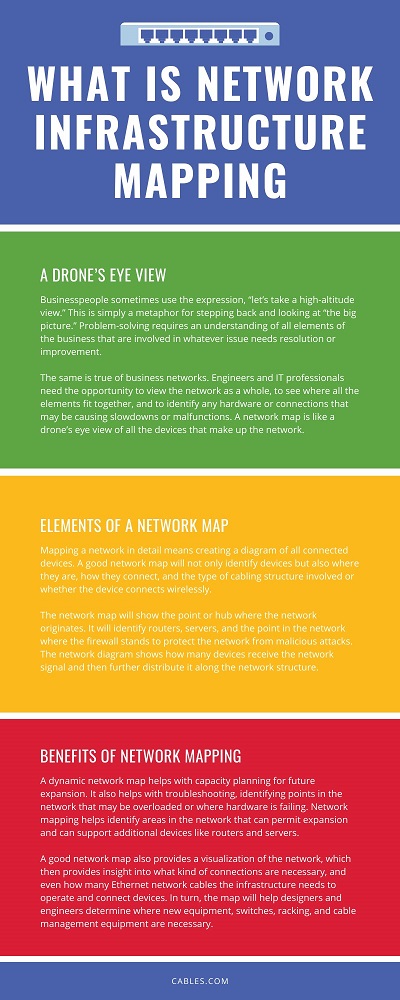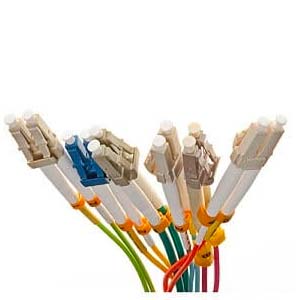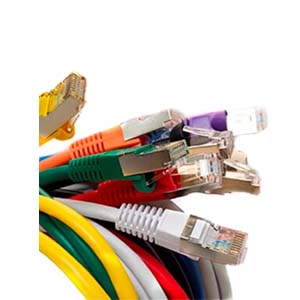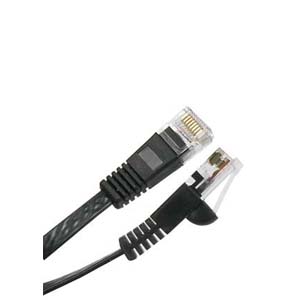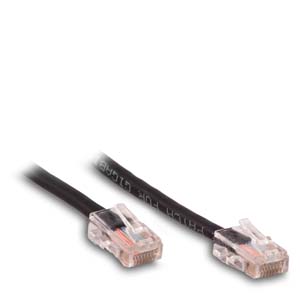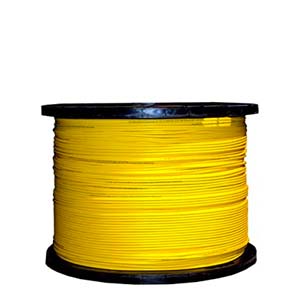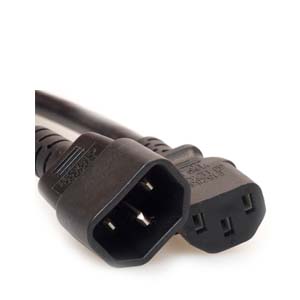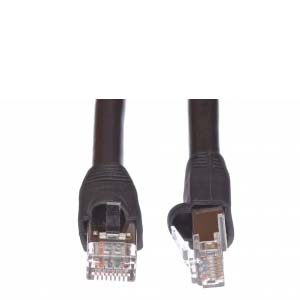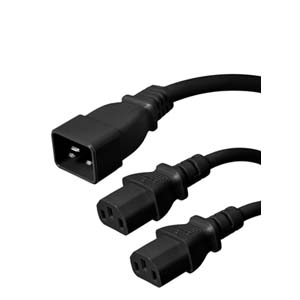Cables Blog
What is Network Infrastructure Mapping
by VIKAS DAYAL • April 13, 2020
Network Patch Cords, Network Patch Cables, Integrator, Data Center, Cat5e / Cat6 Cables, Cables.com, Network Topology, Patch Finder

Business networks grow more complex and larger day by day as users add devices from phones to tablets to laptops, connecting from multiple locations. Keeping track of all of it is an ongoing challenge, so what is network infrastructure mapping?
Network mapping, also known as network topology, is a process that creates a detailed diagram of a network’s structure and each connected device. Much like a road map, a network map shows engineers and IT experts where the hardware is and how it all connects to form and operate the network.
Roads change with construction and traffic, and networks change faster. Many dynamic tools exist to provide real-time network maps that show how many and what kind of devices are connected to the network at any given moment. First, however, network professionals must document how the network is set up.
A Drone’s Eye View
Businesspeople sometimes use the expression, “let’s take a high-altitude view.” This is simply a metaphor for stepping back and looking at “the big picture.” Problem-solving requires an understanding of all elements of the business that are involved in whatever issue needs resolution or improvement.
The same is true of business networks. Engineers and IT professionals need the opportunity to view the network as a whole, to see where all the elements fit together, and to identify any hardware or connections that may be causing slowdowns or malfunctions. A network map is like a drone’s eye view of all the devices that make up the network. A network map provides a visual representation of all the hardware that supplies network connectivity and all the devices that take advantage of that connectivity. Network mapping shows how and where the network originates and how it is distributed to devices that are in the same physical location, as well as those that connect remotely.
Elements of a Network Map
Mapping a network in detail means creating a diagram of all connected devices. A good network map will not only identify devices but also where they are, how they connect, and the type of cabling structure involved or whether the device connects wirelessly.
The network map will show the point or hub where the network originates. It will identify routers, servers, and the point in the network where the firewall stands to protect the network from malicious attacks. The network diagram shows how many devices receive the network signal and then further distribute it along the network structure.
Network mapping software creates a real-time picture of the network and the devices connected to it. This kind of software provides a graphic visualization of the information that network monitoring produces about each individual connected device. The monitoring system may report on the individual condition of connected devices, but a network map will show how those devices connect to the network and each other. Dynamic network mapping software can provide alerts about network usage and can send out probes to identify what ports and hosts connected devices are using. A dynamic network map can even make it easier to identify and cut off unauthorized devices.
Benefits of Network Mapping
A dynamic network map helps with capacity planning for future expansion. It also helps with troubleshooting, identifying points in the network that may be overloaded or where hardware is failing. Network mapping helps identify areas in the network that can permit expansion and can support additional devices like routers and servers.
A good network map also provides a visualization of the network, which then provides insight into what kind of connections are necessary, and even how many Ethernet network cables the infrastructure needs to operate and connect devices. In turn, the map will help designers and engineers determine where new equipment, switches, racking, and cable management equipment are necessary. It is much easier and more efficient to plan with a diagram or map of devices as a reference. Network engineers and designers can use network maps to plan to meet the need for patch cables, crossover cables, and even coaxial cable and HDMI cables in environments that incorporate networked HD video monitors and audio equipment.
Reconfiguring a network to optimize the structure of how devices connect—and how the network is distributed to wired and wireless devices on the premises or remotely—is faster and easier with a dynamic network map. Working from a map that shows in real-time how many and what kind of devices are using the network and for how long, helps designers anticipate future needs that may require expansion. The map also helps ensure that critical devices are appropriately secured behind firewalls and that unauthorized devices can’t access or penetrate the network. A complete, dynamic network map facilitates network diagnostics and makes troubleshooting faster and easier. Faster troubleshooting translates into less downtime and greater productivity for your business.
Structured cabling systems in data centers or businesses located in large or multiple buildings work together with network mapping to enable easier reconfiguration if a business needs to add workstations, relocate departments, add conference rooms, or redesign common areas that require connectivity. Structured cabling minimizes disruption by delivering the network to all floors and areas of the building. With cabling running vertically inside walls and horizontally under floors or though ceilings, these systems distribute the network to telecom rooms on each floor or in multiple areas of the building—and from there, to multiple outlets or ports in that particular area. Anytime a desk moves or a piece of networked equipment is relocated, the network mapping software will identify what device is connected, where it’s connected, and if it is reporting its status appropriately.
Network design is increasingly complex and detailed. Ideally, designers create—and installers follow—a network map from the beginning, and they employ a type of network mapping that stays current and up-to-date with every new connected device and upgrade in speed and bandwidth. The type of cable used to create network connections plays a big role in the flexibility and future-proofing of any network. With a thorough and dynamic network map, IT professionals can be prepared with connections and cables that will keep the network up and relatively trouble-free.
